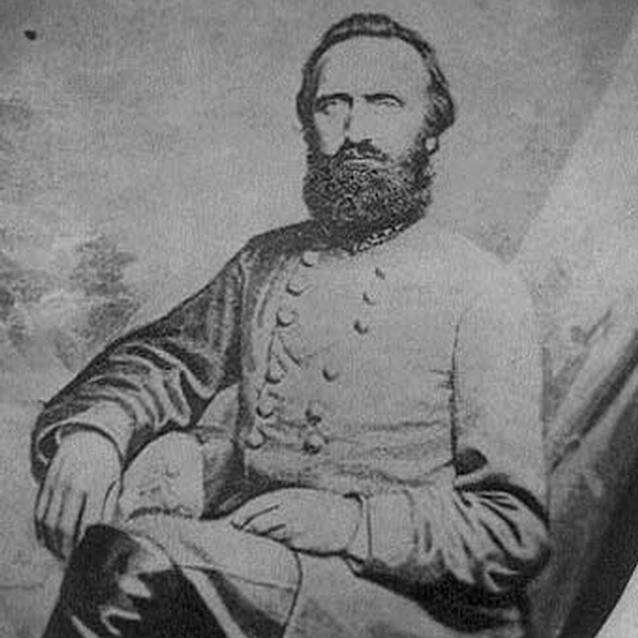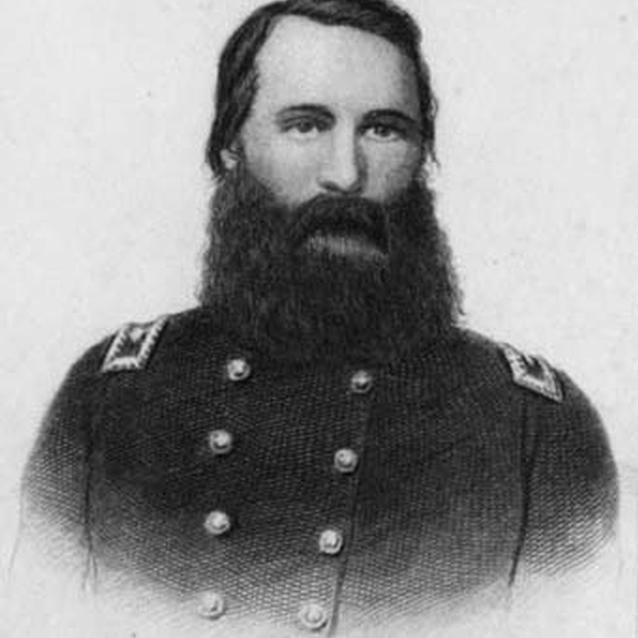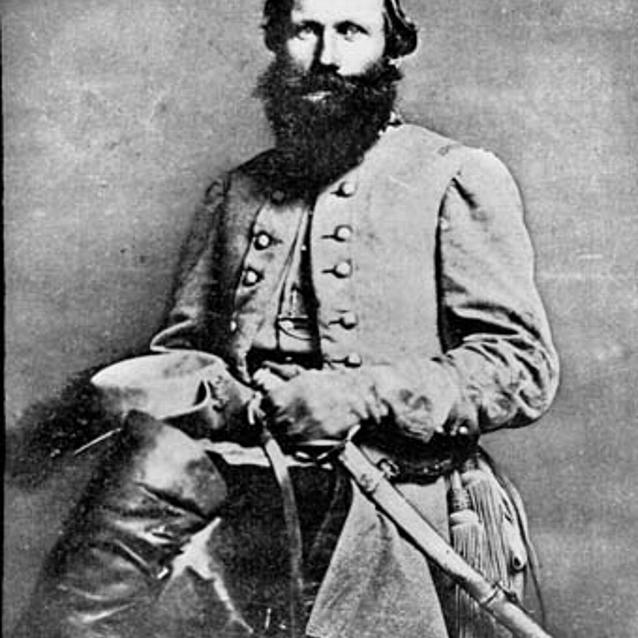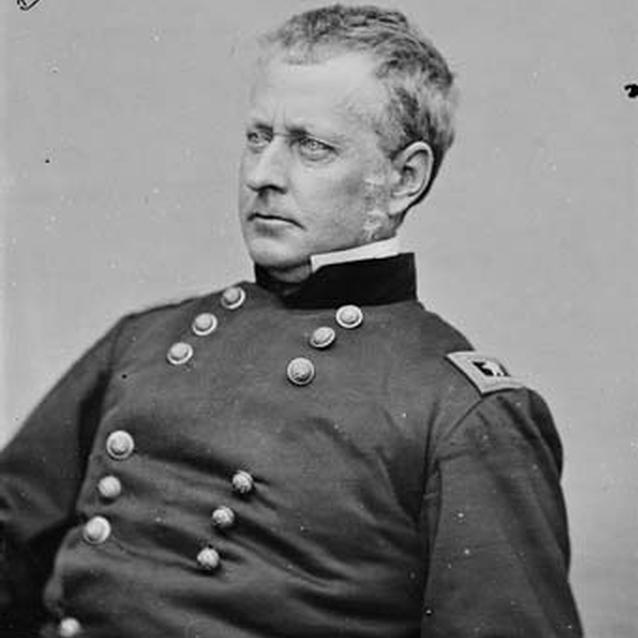Lee and McClellan were the faces and the brains of their respective armies, but once their orders were issued, the responsibility fell to the next level of generals to position the men, carry out the battle plans, and achieve success. The relationships between these men could bring victory to an army when they were positive, but could cost lives and ruin an army when they weren't. Much depended on how these personalities worked together and how they performed under the tremendous stress of the campaign.
Thomas J. Jackson

Library of Congress
Thirty-eight year old Virginian Thomas J. Jackson graduated from West Point, served in the Mexican War and was an instructor at the Virginia Military Institute. At the First Battle of Manassas, he earned the nickname "Stonewall" by standing firm against Union attacks. His campaign in the Shenandoah Valley during the spring of 1862 made him famous for quick movements and daring attacks.
Thomas J. Jackson

Library of Congress
Thirty-eight year old Virginian Thomas J. Jackson graduated from West Point, served in the Mexican War and was an instructor at the Virginia Military Institute. At the First Battle of Manassas, he earned the nickname "Stonewall" by standing firm against Union attacks. His campaign in the Shenandoah Valley during the spring of 1862 made him famous for quick movements and daring attacks.
James Longstreet

Library of Congress
Called his "Old War Horse" by Lee, forty-one year old James Longstreet complimented Jackson's aggressive style with his own methodical philosophy. Willing to wait for the right moment to strike, Longstreet could be counted on for wise council and sound command. Though fiercely loyal to Lee, he was not afraid to voice his own opinion and occasionally disagree.
James Longstreet

Library of Congress
Called his "Old War Horse" by Lee, forty-one year old James Longstreet complimented Jackson's aggressive style with his own methodical philosophy. Willing to wait for the right moment to strike, Longstreet could be counted on for wise council and sound command. Though fiercely loyal to Lee, he was not afraid to voice his own opinion and occasionally disagree.
James Ewell Brown "Jeb" Stuart

Library of Congress
Only twenty-nine years old at the time, James Ewell Brown "Jeb" Stuart was the dashing and confident commander of Lee's cavalry. Willing to take risks and carry out dramatic operations, Staurt's reputation was built on daring charges, quick raids, and the dependable battlefield intelligence he brought in. With Stuart in the saddle, Lee was sure to have the edge when it came to cavalry.
James Ewell Brown "Jeb" Stuart

Library of Congress
Only twenty-nine years old at the time, James Ewell Brown "Jeb" Stuart was the dashing and confident commander of Lee's cavalry. Willing to take risks and carry out dramatic operations, Staurt's reputation was built on daring charges, quick raids, and the dependable battlefield intelligence he brought in. With Stuart in the saddle, Lee was sure to have the edge when it came to cavalry.
Union Commanders

Library of Congress
The Army of the Potomac was much larger and unwieldy than the Army of Northern Virginia. More soldiers meant more generals. Some of these Corps commanders McClellan trusted, others he did not. Quickly reorganized in the chaos following Second Manassas, the army had many leadership and communication hurdles to overcome.
Four generals, "Fighting" Joe Hooker, Ambrose Burnside, William B. Franklin, and Edwin Sumner would all play significant, but not always positive roles in the Maryland Campaign. Hooker would prove to be a tenacious fighter and a sound battlefield general, but a serious wound at a critical time helped to stall the Union attack at Antietam. Burnside, trusted with an important part of McClellan's strategy, was honest, brave, and came closer than anybody to achieving victory at Antietam. Franklin was slow, but successful at South Mountain and mostly held in reserve at Antietam. Sumner, the oldest general in the army, had a difficult relationship with McClellan. His attack at Antietam, sometimes called reckless, cost his corps over 5,000 casualties.
Union Commanders

Library of Congress
The Army of the Potomac was much larger and unwieldy than the Army of Northern Virginia. More soldiers meant more generals. Some of these Corps commanders McClellan trusted, others he did not. Quickly reorganized in the chaos following Second Manassas, the army had many leadership and communication hurdles to overcome.
Four generals, "Fighting" Joe Hooker, Ambrose Burnside, William B. Franklin, and Edwin Sumner would all play significant, but not always positive roles in the Maryland Campaign. Hooker would prove to be a tenacious fighter and a sound battlefield general, but a serious wound at a critical time helped to stall the Union attack at Antietam. Burnside, trusted with an important part of McClellan's strategy, was honest, brave, and came closer than anybody to achieving victory at Antietam. Franklin was slow, but successful at South Mountain and mostly held in reserve at Antietam. Sumner, the oldest general in the army, had a difficult relationship with McClellan. His attack at Antietam, sometimes called reckless, cost his corps over 5,000 casualties.
Part of a series of articles titled A Savage Continual Thunder.
Previous: The Union Reeling
Next: Crossing Over
Tags
Last updated: February 4, 2015
